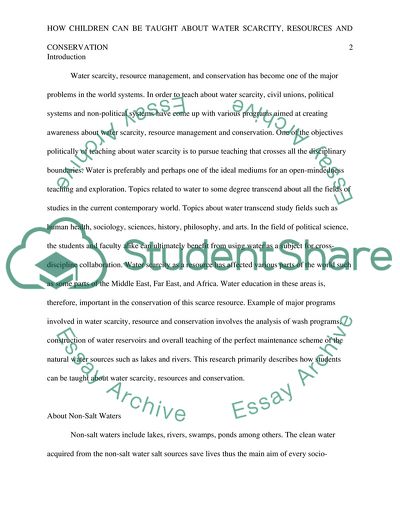Cite this document
(How children can be taught about water scarcity, resources, and Research Paper, n.d.)
How children can be taught about water scarcity, resources, and Research Paper. https://studentshare.org/social-science/1879418-how-children-can-be-taught-about-water-scarcity-resources-and-conservation
How children can be taught about water scarcity, resources, and Research Paper. https://studentshare.org/social-science/1879418-how-children-can-be-taught-about-water-scarcity-resources-and-conservation
(How Children Can Be Taught about Water Scarcity, Resources, and Research Paper)
How Children Can Be Taught about Water Scarcity, Resources, and Research Paper. https://studentshare.org/social-science/1879418-how-children-can-be-taught-about-water-scarcity-resources-and-conservation.
How Children Can Be Taught about Water Scarcity, Resources, and Research Paper. https://studentshare.org/social-science/1879418-how-children-can-be-taught-about-water-scarcity-resources-and-conservation.
“How Children Can Be Taught about Water Scarcity, Resources, and Research Paper”. https://studentshare.org/social-science/1879418-how-children-can-be-taught-about-water-scarcity-resources-and-conservation.


